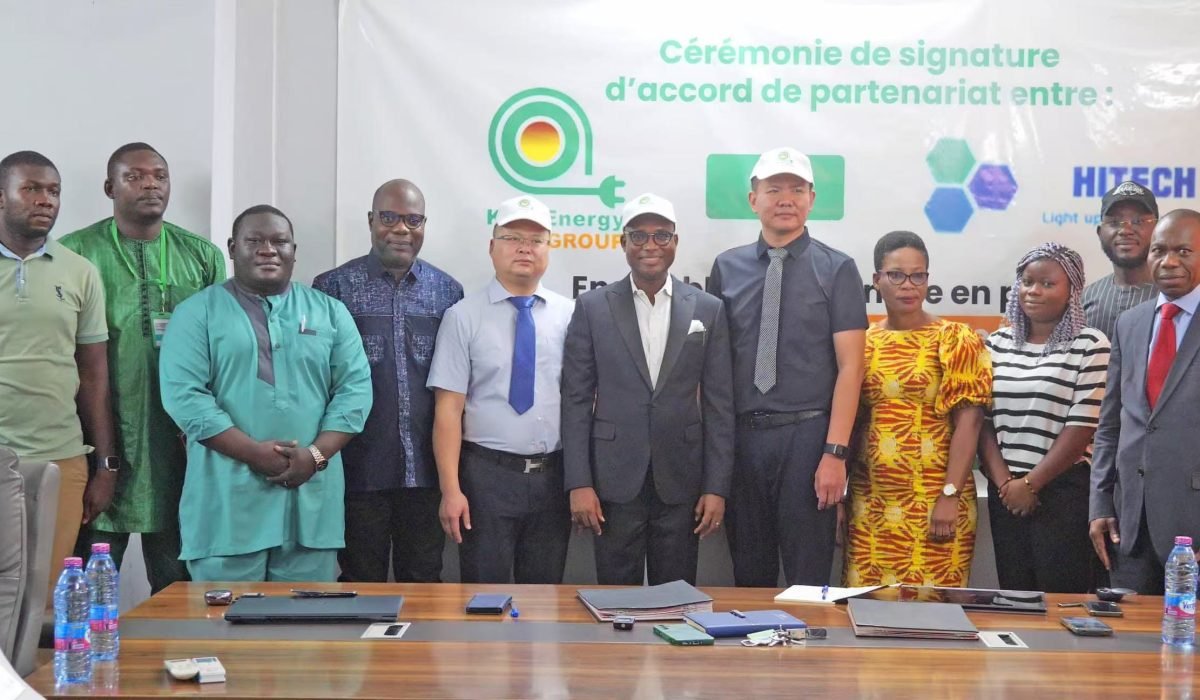Winning a government solar street light tender is not about offering the lowest price—it’s about demonstrating technical compliance, lifecycle value, and reliable delivery. After managing solar lighting projects across Africa, the Middle East, and Southeast Asia for over 15 years, I’ve learned one truth: procurement officers and EPC evaluators care most about who can guarantee performance for 10–15 years, not who writes “200W” on a spec sheet.
This guide will show you how to prepare a strong, compliant, and winning proposal for solar street light tenders in developing countries.
Why do most solar street light proposals fail?
Many proposals are rejected at the first stage because they don’t address the real evaluation criteria.
Typical mistakes include:
- Submitting only product brochures instead of a structured technical proposal.
- Offering non-compliant batteries (e.g., <3,000 cycles instead of ≥5,000 cycles required).
- Inflated watt ratings (200W/300W “fake” models) with no sustainability.
- Lack of references or past performance in similar government projects.
- No explanation of operation & maintenance (O&M) savings over 10–15 years.
👉 Tender committees are risk-averse. They want assurance that your solution will last, comply, and deliver community safety.
What should a winning solar street light proposal include?
To stand out, your proposal must address both technical compliance and buyer priorities.
-
Executive Summary (1–2 pages)
- Clear introduction of your company.
- Highlight track record in similar government projects.
- State your solution’s main advantages (e.g., 230 lm/W LED, 6,000-cycle LiFePO₄ battery, 12+ hours lighting for 3 nights).
-
Compliance Matrix (Table format)
Show how each specification is met point by point. Example:
| Tender Requirement | Our Solution | Compliance |
|---|---|---|
| LED efficiency ≥ 200 lm/W | 230 lm/W certified | ✔ |
| Battery cycle life ≥ 5,000 cycles | 6,000+ cycles LiFePO₄ | ✔ |
| IP65 or higher | IP66 tested | ✔ |
| 12 hours lighting for 3 nights backup | Verified with project case studies | ✔ |
| UN38.3, IEC certifications required | All certificates attached | ✔ |
-
Technical Proposal
- Product specifications (lamp, battery, solar panel, controller).
- Optical design simulation (showing road compliance to M3/M4 standards).
- Backup time calculation and real test reports.
- Pole design (galvanized, anti-corrosion for coastal areas).
-
Project Methodology
- Installation plan (e.g., 30–40 minutes per unit, minimal civil works).
- Logistics and delivery schedule.
- Quality control steps (ISO, IEC standards referenced).
- After-sales and maintenance service plan.
-
Financial Proposal
- Transparent breakdown (unit price, logistics, installation, O&M).
- Highlight Total Cost of Ownership (TCO) savings compared to conventional or low-quality alternatives.
- If possible, include financing solutions (e.g., EXIM Bank, SINOSURE-backed credit).
-
Case Studies & References
- Include 2–3 past government or municipal projects.
- Show data like accident reduction, energy savings, or maintenance cost reduction.
- Use photos, lighting simulation images, and local testimonials if available.
How to address evaluation priorities in developing countries?
In tenders across Africa, the Middle East, and Southeast Asia, I’ve seen committees consistently focus on these four priorities:
- Technical compliance – Meeting IEC, IP66, UN38.3, and battery life requirements.
- Reliability under local conditions – Coastal humidity, desert heat, or tropical rains.
- Lifecycle value – Saving 20–30% in TCO over 10 years vs. low-cost alternatives.
- Proven references – Governments want evidence you’ve delivered similar projects.
👉 Price matters, but proposals that clearly show lower lifetime cost + compliance almost always score higher than the cheapest offer.
Example Structure for a Winning Proposal
- Cover Page & Tender Reference
- Executive Summary
- Compliance Matrix
- Technical Specifications & Certifications
- Optical Design Report
- Implementation & O&M Plan
- Project Timeline & Logistics Plan
- Case Studies & References
- Financial Proposal (with TCO analysis)
- Annex: Certificates, Test Reports, Drawings
Key Takeaways
- Don’t sell watts, sell compliance + lifetime value.
- Always include a compliance matrix to make evaluation easy.
- Demonstrate relevant case studies in similar environments.
- Emphasize long-term O&M savings to justify your offer.
By structuring your proposal around government evaluation criteria, you increase your chance of winning tenders in Africa, the Middle East, and Southeast Asia.
👉 Next Step: Prepare a proposal template with ready-to-use compliance tables, O&M plans, and case study inserts. This way, your sales team can respond to tenders faster and with higher win rates.


